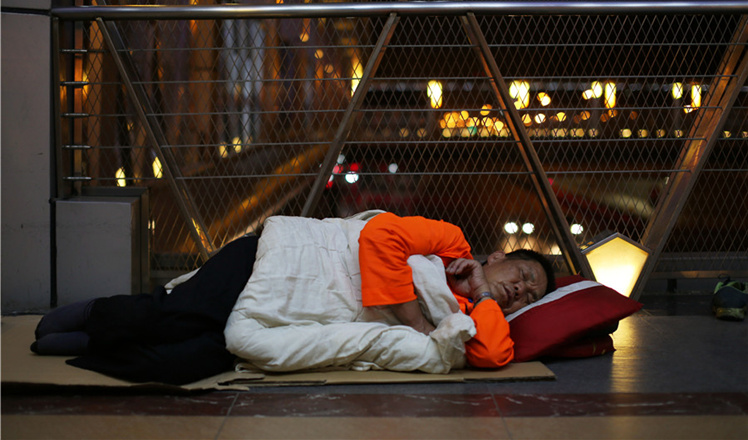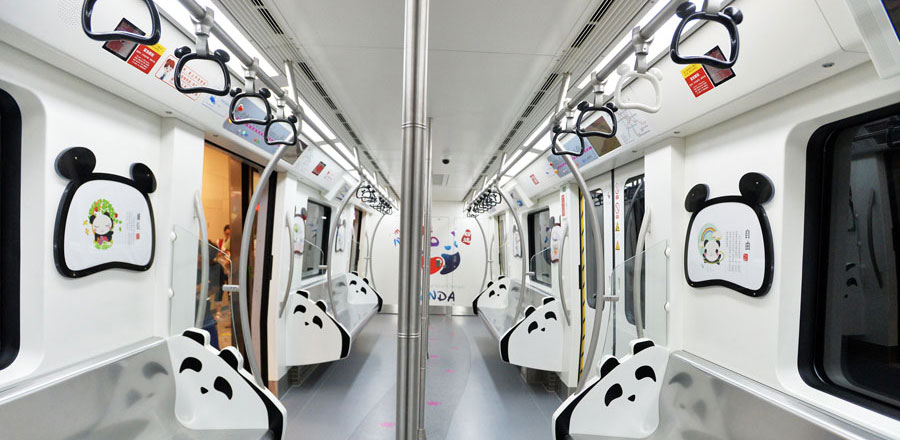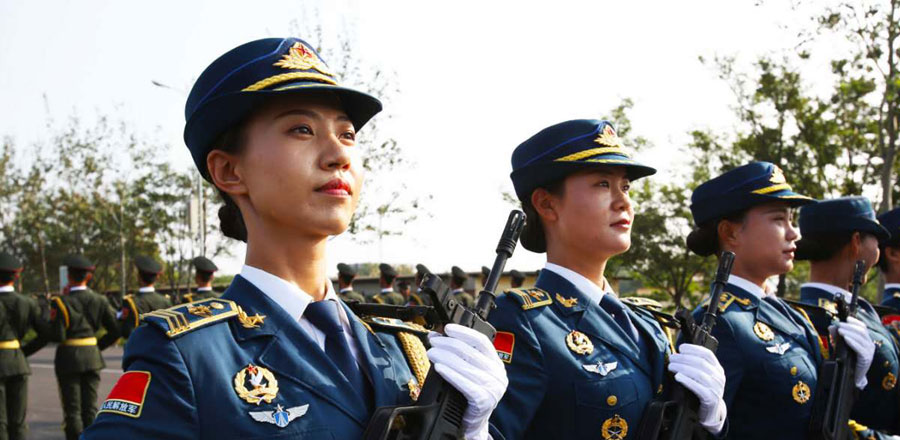
 |
|
The eighth China-ASEAN Education Cooperation Week opened in Guiyang, capital of southwest China's Guizhou Province, Aug. 3, 2015. (Xinhua/Liu Xu) |
From the first China-ASEAN Education Cooperation Week in 2008 on "Working Together for a New China-ASEAN Partnership" to the this year's 9th CAECW, the developments reflect the organizing committee's efforts to build the spirit of cooperation and partnership between China and Southeast Asian nations, working around the "Triple Helix of cooperation", which begins with learning to accept and know one another, developing a sense of belonging, and seeking ways and means to contribute and share experiences to foster sustainable regional development and peace through education.
The efforts reflect the truth embedded in a Confucius saying: "Education breeds confidence. Confidence breeds hope. Hope breeds peace." Crafting as well as designing the best education is an endless process. Aristotle said: "The roots of education are bitter, but the fruit is sweet," and "Educating the mind without educating the heart is no education at all." John Dewey took the education philosophy further saying: "Education is not preparation for life; education is life itself."
In 2014, the Southeast Asian ministers of education, with their axiom of "leading through learning," held a congress titled "Southeast Asia in Transition: Rethinking Education, Science and Culture for Regional Integration". The congress emphasized regional cooperation and networking in education to break the barriers to equity, equality and access to education; discussed strategies needed to achieve inclusive education in order to build an economic and social safety net; and proposed seven priority areas to sustain the future of education.
The 9th CAECW, whose theme is "Education First, Make Dreams Come True Together", is based on the philosophy of the Chinese Book of Rites, which is focused on the vital role of education for development, and the procedure adopted for the cooperation week is "learning by doing" in action. The theme of the event is quite visionary. And considering the size of the event, the magnitude of the vision and the efforts needed to realize the vision, the real challenge will come during the follow-up period.
The 9th CAECW is divided into three parts: the warm-up period from Jan 1 to July 31, the curtain-up (or the core activity) period-ongoing in Southwest China's Guizhou province from Aug 1 to 7-and the follow-up period from Aug 8 to Dec 31. The one-year extended period has helped the 9th CAECW to widen the opportunities for people-to-people exchanges, from university presidents, administrators, researchers, students and other stakeholders sharing their dreams to education ministers sharing their opinions at the policymakers' level.
"The 2nd China-ASEAN Education Ministers Roundtable Conference" is another key meeting that might produce new forward-looking policy statements, although the challenge is to implement such policy statements. Other parts of the event offer opportunities for discussions among youths, deliberations on healthcare issues and exchange of ideas on education programs.
The follow-up seminars in Southeast Asian countries are a new addition. From the perspective of education, they will be good platforms to discuss specific country-based issues after the general discussions in the main event.
All in all, the 9th CAECW is yet another milestone in creating opportunities for partnerships and collaborations between China and Southeast Asian countries. We have to thank and congratulate the organizers for their tireless efforts to improve the event from year to year.
And since the theme of the 9th CAECW is "Education First, Make Dreams Come True Together," the question to ask is: "What are those dreams? And how can education make those dreams come true? Hopefully, all answers will be provided at the end of the 9th CAECW.
The author is director of SEAMEO Secretariat (1 April 2011-31 March 2015) and Advisor to the CAECW Organizing Committee.








